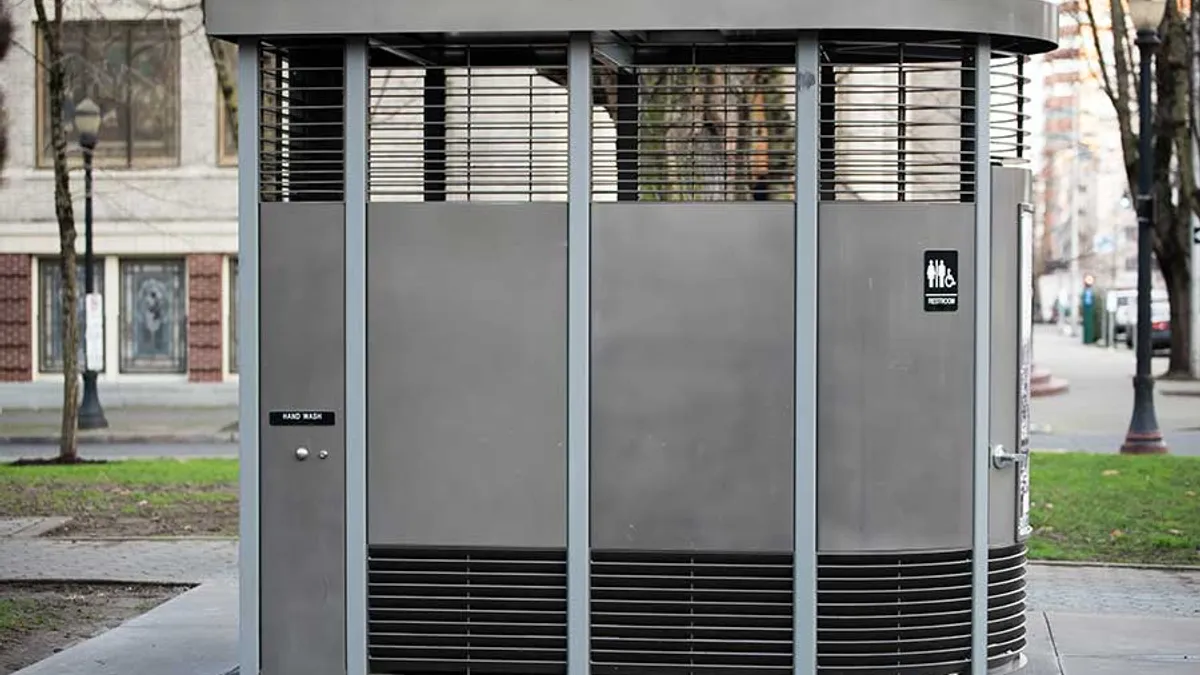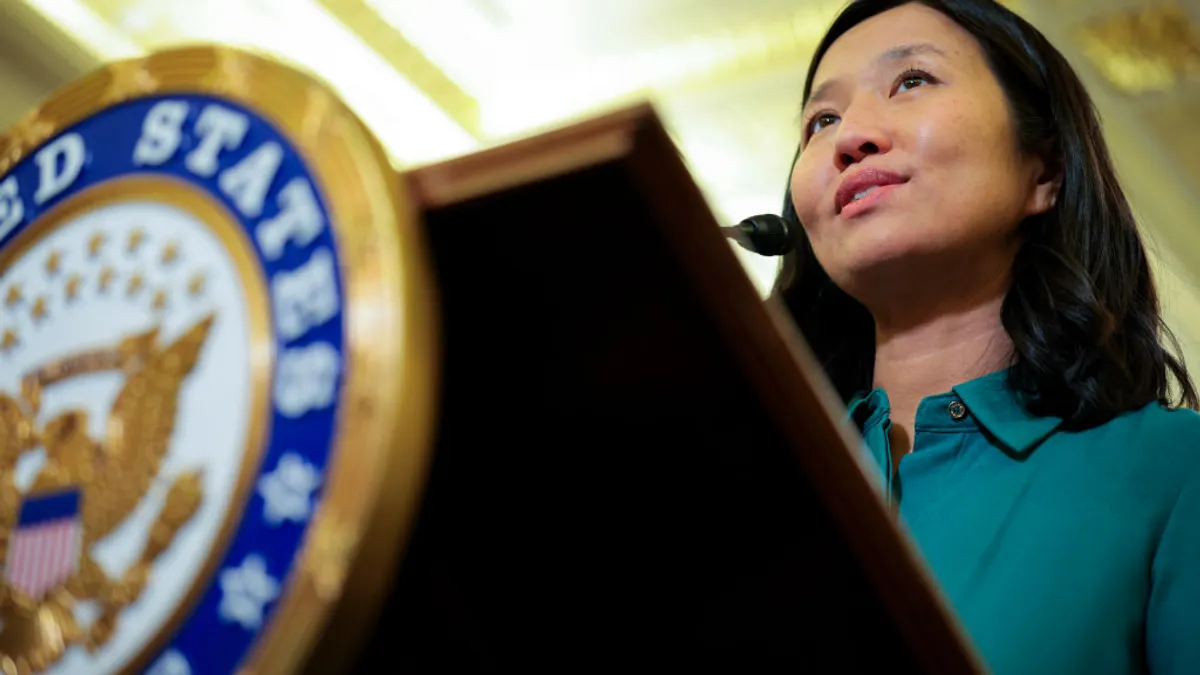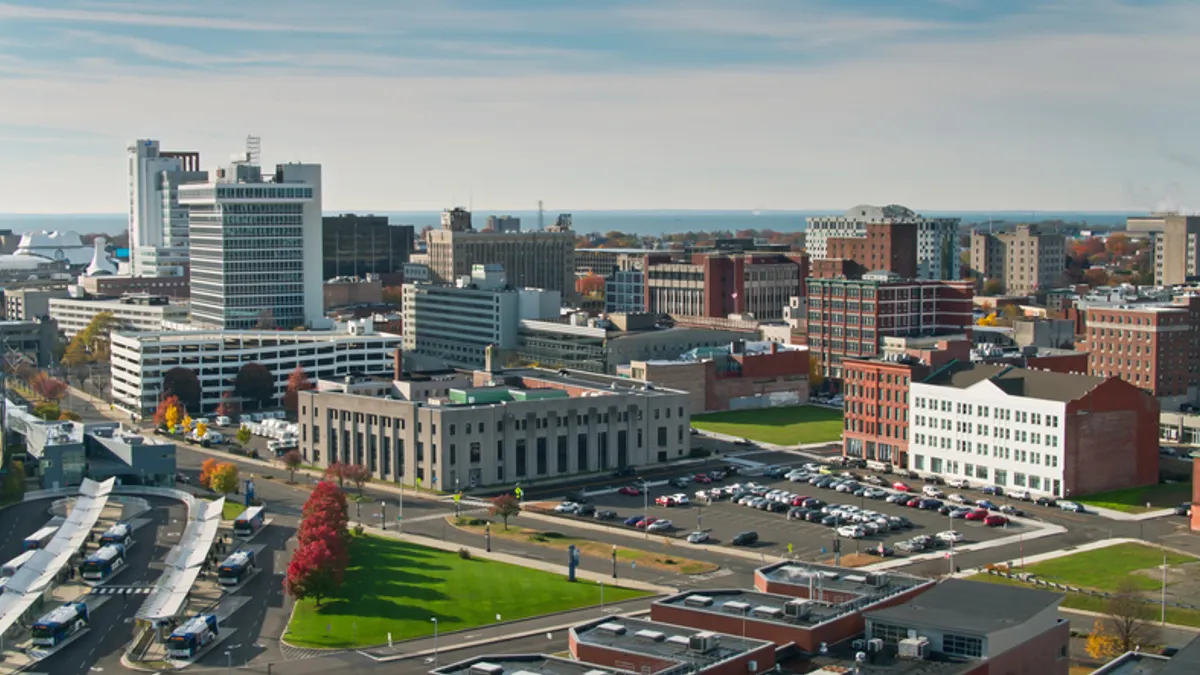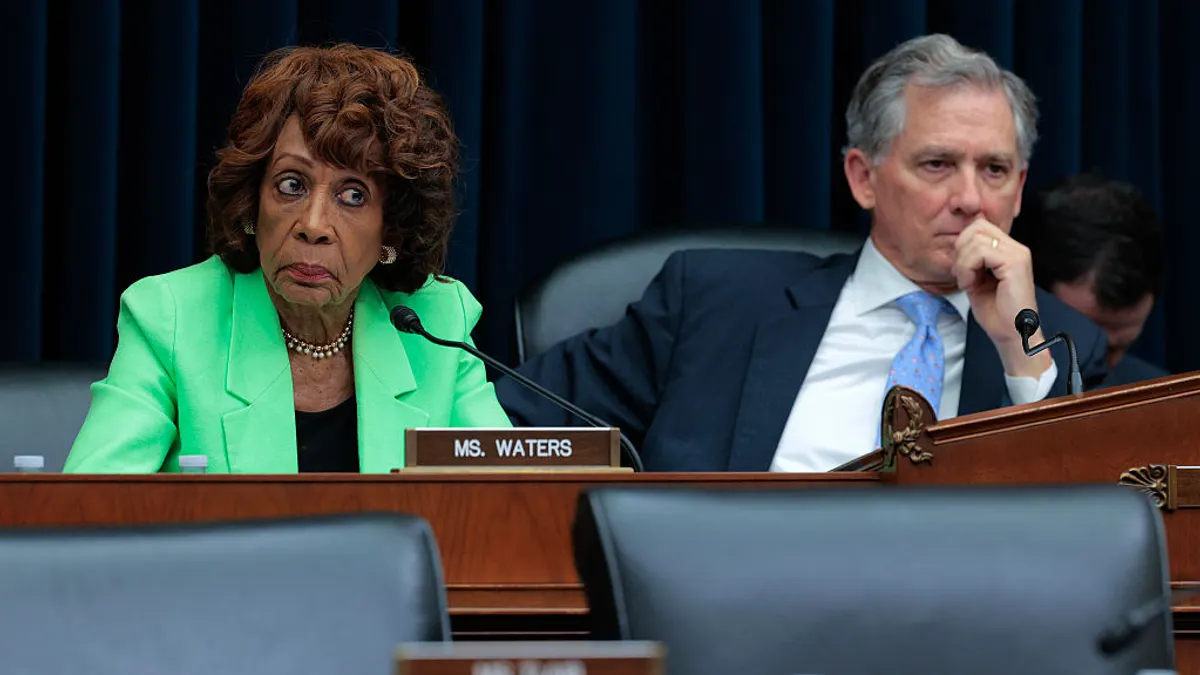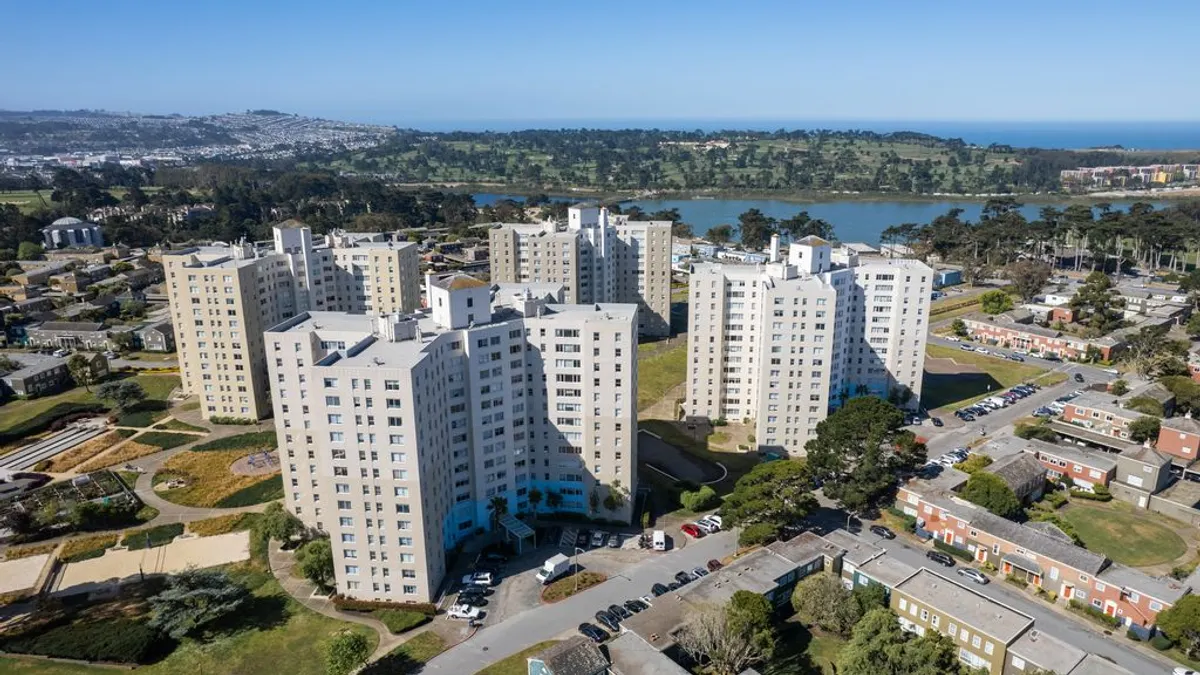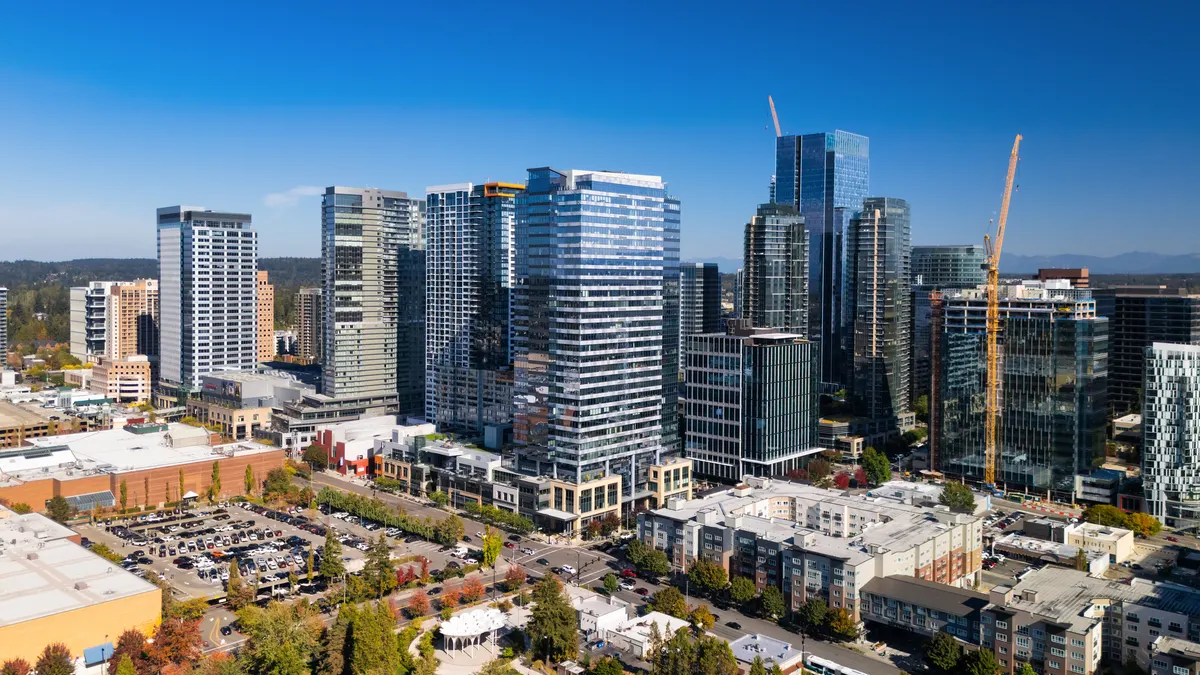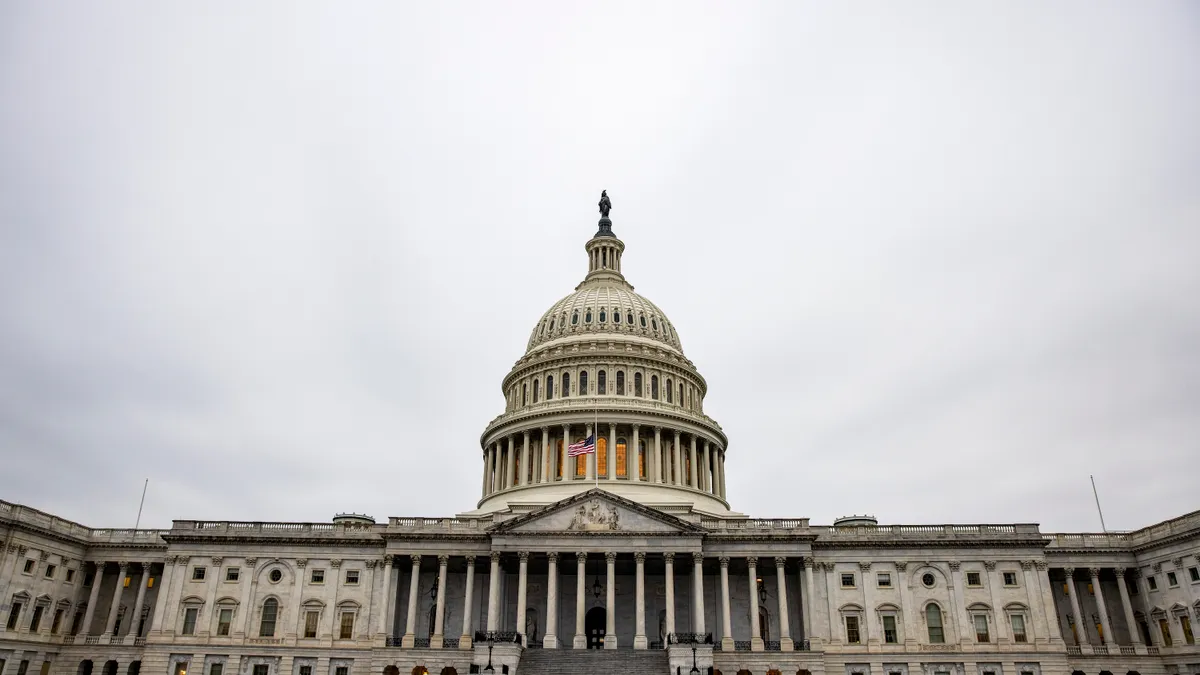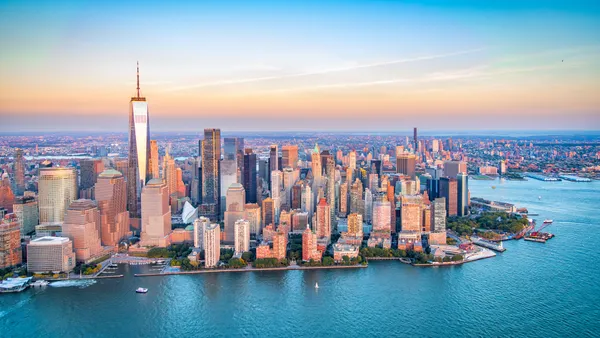Editor’s note: This is the first in a two-part series exploring how cities are working to address the shortage of public toilets in the U.S.
It’s not every day that someone travels 180 miles round-trip just to see a bathroom. But that’s what Philadelphia city staff did in March when they traveled to Hoboken, New Jersey, to check out a stand-alone public toilet.
Like many American cities, Philadelphia doesn’t have enough public bathrooms to go around. It has just four toilets per 100,000 people, according to 2021 data from U.K. bathroom supply company QS Supplies and from toilet-finding tool PeePlace. To compare, Madison, Wisconsin, has 35 toilets per 100,000 people, the highest ratio of any U.S. city.
Philadelphia realized its lack of bathrooms, even for people who work for the city.
In unfamiliar areas, “I wouldn't know what to do except maybe look for a Starbucks or a restaurant where I can go,” said Cristina Laboy, environmental service manager for the Philadelphia Department of Public Health.
That isn’t always possible, especially if it’s after business hours or someone can’t afford to patronize a restaurant to gain access to its bathroom.
That’s why since 2019, Philadelphia has experimented with installing different types of public bathrooms. It’s part of a growing cohort of cities that are dedicating resources to help answer a very human need: Where’s the nearest bathroom?
Where have all the bathrooms gone?
U.S. cities have long struggled to provide adequate facilities. In the first half of the 20th century, pay toilets were the norm. By 1970, there were more than 50,000 pay toilets in the U.S., according to Pacific Standard. But activists began agitating against the practice, saying that requiring money to use a toilet infringed on a basic human right to go to the bathroom.
By 1980, almost no pay toilets existed. But free public bathrooms didn’t necessarily open in their place.
Now, it’s hard to find a place to go in many U.S. cities, especially for those who are unhoused. The U.S. has eight public toilets per 100,000 people, tied with the Netherlands, Poland, Botswana and Georgia. The country with the best record, Iceland, has 56 toilets per 100,000 people, according to QS Supplies data.
Today, the number of and access to public bathrooms depends on a city’s efforts. But the majority of cities have few, said Lezlie Lowe, author of the book “No Place To Go: How Public Toilets Fail Our Private Needs.”
The dearth of public bathrooms is a particular problem for people who are unhoused. Each passing year, more people in the U.S. are unsheltered. Lowe said every single time they use a bathroom, which could be approximately up to eight times a day, they have to find one. And when they can’t, public urination is often considered a crime.
“We're pretty neurotic about bathrooms. We don't like to talk about bathrooms and so city councilors or municipal officials aren't talking about it as much as they're talking about other stuff,” Lowe said. “They're not thought of as this neutral, super important piece of city infrastructure.”
Many people have a mental map of what bathrooms they can use along their regular route, she said. Starbucks is a frequent stop, though the company announced in July that it’s changing the policy that allowed anyone to use bathrooms in stores. Employees can now close bathrooms to non-customers.
Because their basic human need is being met by this mental map of restroom stops, many people do not consider a lack of public bathrooms as a problem.
“We all rely on these kinds of invisible networks,” Lowe said. “Most of us just think, 'Well, it's not an issue.' Why would I be happy that my city was spending a quarter of a million dollars to install a bathroom on a sidewalk and then dealing with the annual upkeep?”
So when the idea of installing public bathrooms comes up, backlash sometimes comes from residents and civic groups who fear what happens behind a bathroom stall’s closed doors or balk at the cost. But not providing toilets leads to more feces on the sidewalk and hepatitis A outbreaks, Lowe said.
Philadelphia discovered that. In 2019, in response to an outbreak of hepatitis A, the city embarked on its first bathroom pilot, said Kathleen Grady, chief of staff in the Philadelphia managing director’s office for health and human services. The spread of hepatitis A is associated with inadequate handwashing, and public handwashing facilities are in shortage along with bathrooms.
Philadelphia first set up restroom trailers. With COVID-19, the city expanded the number of locations and added handwashing stations, said Grady. Then it moved to portable toilets and increased the number of those to more than eight.
Now, Philadelphia has ordered its first Portland Loo, a standalone restroom developed by the city of Portland, Oregon. The bathroom is in more than 20 cities, including Hoboken where Philadelphia staff visited the toilet.
“The Portland Loo is our attempt to make these restrooms into something that's permanent and then also to make them more attractive to a variety of people,” said Grady. “The porta potties initially were a public health intervention to address the needs of those who were unhoused, but we're trying to take a broader approach now.”
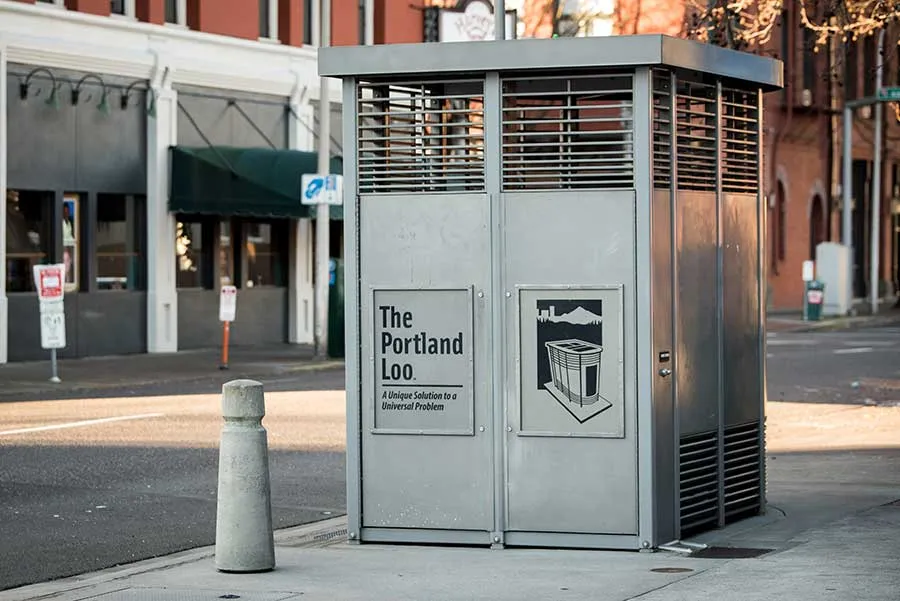
Philadelphia’s first Portland Loo will be in Center City and is projected to arrive by fall, she said. Funding exists to install a total of six units citywide. Each Portland Loo costs $100,000, not including installation or maintenance.
The city determined the locations of bathrooms by visiting each neighborhood and looking at hot spots for people who are unhoused and for overdoses outside the home, Grady said. A community engagement process allowed residents to weigh in on toilet locations and share any concerns.
Right now, Philadelphia has two public restroom specialists who maintain, disinfect and stock the portable toilets, said Laboy. But the bathrooms aren’t open 24/7. The bathrooms are only available during the specialists’ work hours at 8 a.m. to 7 p.m. The Portland Loo will keep the same schedule.
The Portland Loo will have a baby changing station, which the city noticed was needed during the bathroom trailer pilot, and the city is exploring adding an adult changing station in the future. Restroom specialists will also be equipped with American Sign Language cards that help them communicate with users who are deaf and use that language.
“This is key to making sure that our public spaces are equitable and that people can actually go there and that they're inviting,” Grady said.
Washington, D.C., is in the early stages of its own bathroom pilot. Over the past 20 years, the city has grown in population and density, said Keith A. Anderson, director of the D.C. department of general services. There’s now a greater need for public bathrooms open outside of business hours.
“There was a time after 5 p.m. in downtown D.C. [when it] was a ghost town. Now it's the complete opposite,” Anderson said. “The city has changed, the needs have changed and we want to ensure that folks have access to public restrooms when they need them.”
The city is running a pilot to install two stand-alone restrooms with an anticipated $1.1 million in funding beginning in fiscal year 2023, a D.C. Department of General Services spokesperson stated.
To better understand the bathroom landscape, D.C. just finished a public comment period, Anderson said. Feedback will inform the bathroom locations, what kind of facilities they will be and whether they will be open 24/7.
In addition to adding facilities, the city may also reimagine existing facilities, for example by expanding the hours of bathrooms.
“I don't think there's a one-size-fits approach to the public restrooms,” Anderson said.
Clarification: This story has been updated to clarify how Philadelphia restroom specialists are being equipped to serve deaf users.


